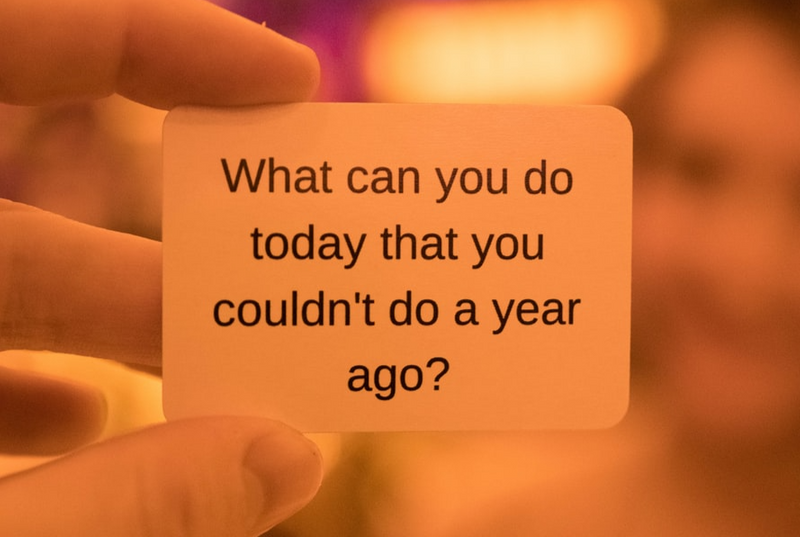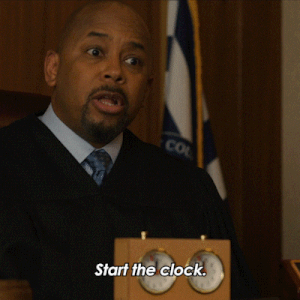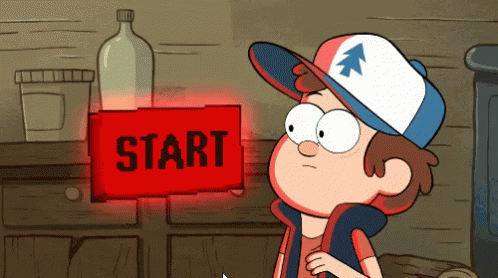
This logo isn't an ad or affiliate link. It's an organization that shares in our mission, and empowered the authors to share their insights in Byte form.
Rumie vets Bytes for compliance with our
Standards.
The organization is responsible for the completeness and reliability of the content.
Learn more
about how Rumie works with partners.
Are you a leader who wants to help your team improve performance but don't know how?
Are you a coach training an athlete?
Are you a teacher who wants students to achieve more?
Help someone achieve a goal through the GROW model, a structured, clearly defined approach to coaching.

What is GROW?
It's a simple and powerful framework that helps you structure your coaching/mentoring sessions.
GROW stands for:
•Goal.
•Current Reality.
•Options/Obstacles
•Way Forward

Understanding GROW
Here's a simple example. Think of it like planning for a trip.
First, you decide where you want to go (Goal) from where you are now (Reality).
Next, you plan your trip considering factors like flight, train, drive (Options), costs, visa, and traffic (Obstacles).
After this, you do everything needed to make the trip such as book tickets, apply for vacation, and buy travel gear (Way forward).
So How Can You Coach Others Using This Model?
By asking the right questions!
Consider this scenario.
Annie wants to manage her time better and accomplish more tasks per day at work. She seeks help from her boss, Samira.

Let's see how Samira uses open-ended questions to coach Annie using the GROW model.
Did you know?
Step 1: Goal
Annie has to set a goal which is specific, measurable, realistic, and time-bound.
Samira helps her do this by asking questions like:
What do you want to achieve?
When do you want to achieve this?
Why do you want to do this?
How do you know you have achieved it?
What do you think would happen if you don't achieve it?

Outcome
Annie has now set a specific goal.

Quiz
Which goal did Annie set for herself based on the scenario above?
Annie wants to do at least 6 tasks per day before April 21. This is the only goal which is specific, measurable, realistic, and time-bound.
Step 2: Reality
Annie has to understand the current reality.
Samira helps her by asking questions like:
What is happening at the moment?
On a scale of 1–10, if an ideal situation is 10, what number are you at now?
What number would you like to be at?
Why do you think you have not achieved this goal by now?

Outcome:
Annie understands the reality. She is currently completing 4 tasks per day.
Step 3: Options/Obstacles
Samira and Annie explore the options available. They do some brainstorming here.
Samira asks Annie questions like:
What options do you have?
What are the advantages and disadvantages of each option?
What do you need to stop doing in order to achieve this goal?
What else could you do?

Outcome:
Annie has analyzed her options and found some ways to achieve her goal.
Quiz
Which options would help Annie overcome obstacles?
All of these are options will help Annie achieve her goal more effectively.
Step 4: Way Forward
Samira asks Annie questions which prompt her to take action such as:
What exactly will you do to reach your goal, and when?
Which of these options will you take?
How committed are you to taking that action?
What could stop you from moving forward? How will you overcome this?

Outcome
Annie starts tracking the average time for completing a task.

She begins the journey towards her goal.

What Are The Dos And Don'ts Of Using The GROW Model?
 Listen with attention and curiosity
Listen with attention and curiosityLet the mentee do most of the talking
Be empathetic and offer suggestions
 Don’t ask closed-ended questions
Don’t ask closed-ended questionsDon’t be leading or judgmental
Don’t make decisions for the mentee
Take Action
Are you ready to coach others? Here's what you can do first!

This Byte has been authored by
Sowmya Gangadharan
Biotechnologist/PMP/Volunteer Learning Designer